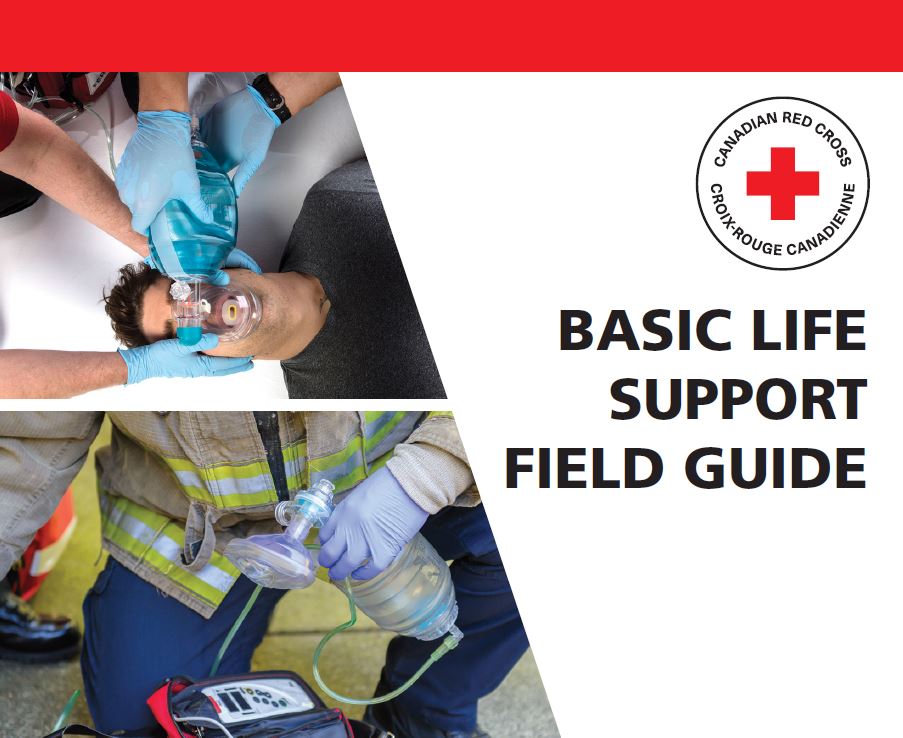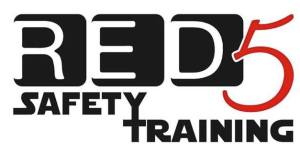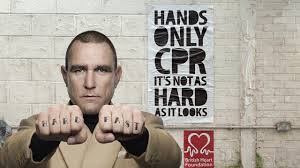Saying goodbye to CPR Level HCP and saying hello to BLS!
While 2019 promises to be filled with many exciting developments, we start the year off with saying goodbye to the legacy CPR Level HCP Course.
Basic Life Support (BLS) is not something that is exactly new, but to those that operate outside of a hospital, it is a bit of a change, and for those who operate inside of the hospital, it is something that we are proud to offer through the Canadian Red Cross. Essentially, the legacy CPR HCP course included CPR Level A or C content, then added the skills required for HCP certification. In the BLS course, skills are fully integrated throughout, and do not build on CPR Level A or C content. BLS is a skills-focused professional resuscitation course, and not a first aid-based CPR course.
BLS can be offered as a standalone course, and at just 4 hours, covers a lot of content. With topics including, Primary Assessment, Cardiopulmonary Resuscitation (CPR), AED, Airway Obstruction, Assisted Ventilation, High-Performance CPR and Basic Life Support special considerations this is a course that caters to those dedicated to working in the health care field.
BLS courses can be coupled with Airway Management and Oxygen Therapy Courses. Additional topics including, Opening the mouth, Cross finger technique, Tongue-jaw lift, Airway adjuncts – insertion and removal, Oropharyngeal (OPA) airways, Nasopharyngeal (NPA) airways, Supraglottic airways (Awareness only), Suction, Pulse oximetry, Supplemental oxygen, Oxygen cylinders, Oxygen regulators, Oxygen delivery devices, and Administering oxygen.
BLS Courses can also be coupled with traditional Standard First Aid. This variety of course offering should make for a smooth transition from HCP to BLS. If you had certification in CPR/AED Level HCP, you would now be looking at a BLS Course. Valid HCP Certificates will be honoured as such and are eligible for a BLS Recert. Likewise for those who had certification in Standard First Aid and CPE/AED Level HCP, you would now be looking for certification in Standard First Aid and BLS with valid certificates again being eligible for a recert.
For a full breakdown of the differences between the two course check out the chart here.
We are well equipped and fully prepared to provide for all of your training needs in BLS, Airway Management and Oxygen therapy and are happy to assist you through this transition from CPR Level HCP.
Stay safe,
-Ben

